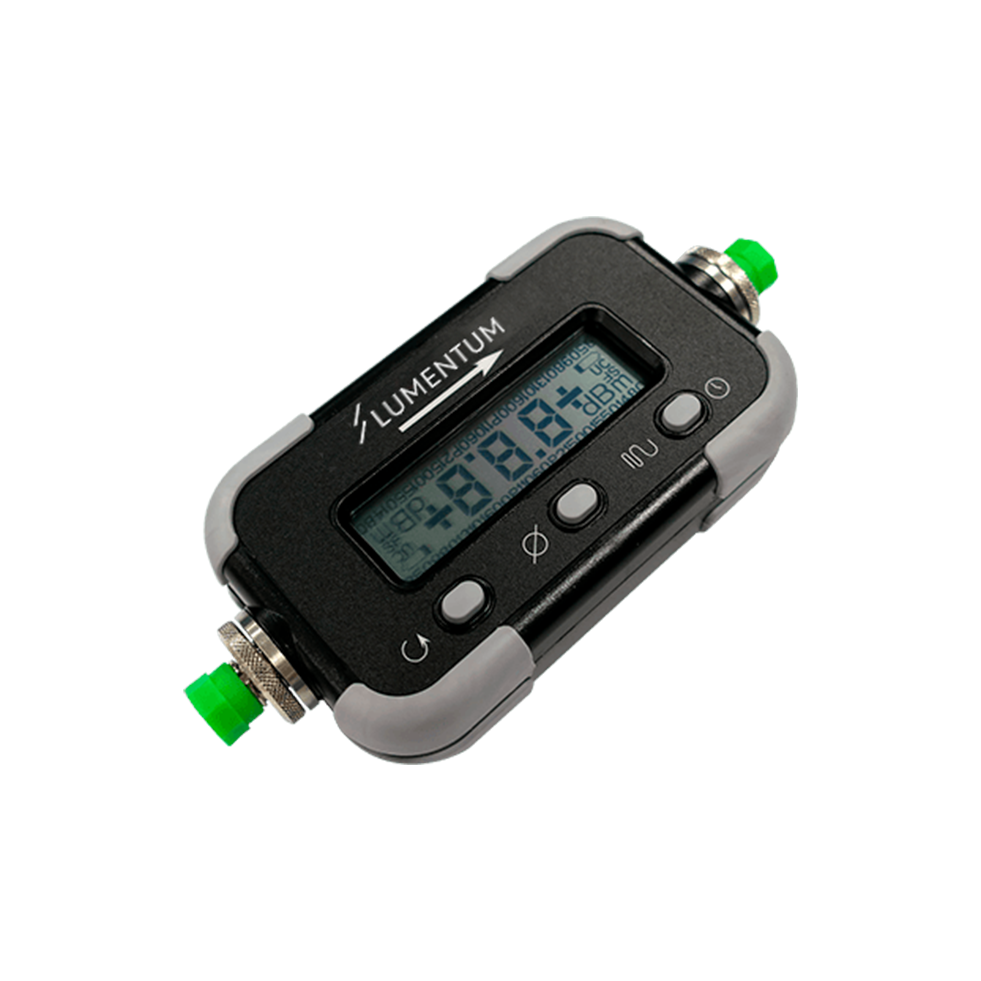Contents
Source: OWL – Optical Wavelength Laboratories
Understanding Optical Power Monitors
Optical power monitors are essential tools in various optical systems, providing continuous monitoring of optical power levels. Unlike optical power meters, which are typically used for short-term measurements, power monitors are integrated into systems for ongoing observation. They play a crucial role in maintaining the performance and reliability of optical devices, such as lasers and fiber-optic communication systems.
Free-space Optical Power Monitors
Free-space optical power monitors are akin to laboratory power meters and consist of a measurement head and an electronic device. The measurement head typically includes a photodiode or another type of photodetector. The electronic component may feature a display or connections for further electronics. Optical filters can be added to extend the measurement range or to filter out unwanted wavelength components.
These devices often require a power supply, commonly a DC voltage of 12V or a USB connection. They digitize the analog signal from the measurement head and apply calibration factors based on wavelength. Connectivity options vary, with some devices offering a USB interface for computer connection. Software accompanying these devices can display real-time power levels and log data over time, alerting users if power levels deviate from predefined ranges.
Fiber-optic Power Monitors
Fiber-optic power monitors are widely used in optical fiber communication systems. They monitor the output power of devices like erbium-doped fiber amplifiers (EDFA), aiding in automatic stabilization of output power. This is achieved by adjusting the pump diodes’ drive current, compensating for factors like aging diodes or fluctuating input power levels.
These monitors often come in the form of small, hermetically sealed in-line devices with fiber inputs and outputs. They may contain a fiber coupler that diverts a small fraction of the power to a photodiode, minimizing optical insertion loss and maintaining high return loss. The polarization-dependent loss is typically low. Such monitors, known as integrated tap monitors, can display power levels directly or store them for later retrieval.
Directional and Non-directional Monitors
In-line power monitors can be sensitive to light traveling in one direction or, in some designs, to light in any direction. Directional monitors are influenced by the fiber couplers’ nature, detecting light only in a specific direction. Non-directional monitors, on the other hand, use internal mechanisms to reflect and transmit light within the device, allowing for bi-directional sensitivity.
Some devices are designed to monitor multiple channels in wavelength division multiplexing (WDM) systems, and they are available with single-mode or multimode fibers. These monitors can be permanently integrated or used temporarily, often with fiber connectors for easy installation and removal.
Applications and Advantages
Optical power monitors are invaluable in ensuring the stability and efficiency of optical systems. They provide real-time data that can be used to adjust system parameters, identify anomalies, and prevent potential failures. By maintaining optimal power levels, these devices enhance the performance and longevity of optical networks and devices.
In summary, optical power monitors are versatile tools that offer significant benefits in various optical applications. Their ability to provide continuous monitoring and data logging makes them indispensable in maintaining the integrity of optical systems.


Source: ID Photonics
Feel free to comment your thoughts.


